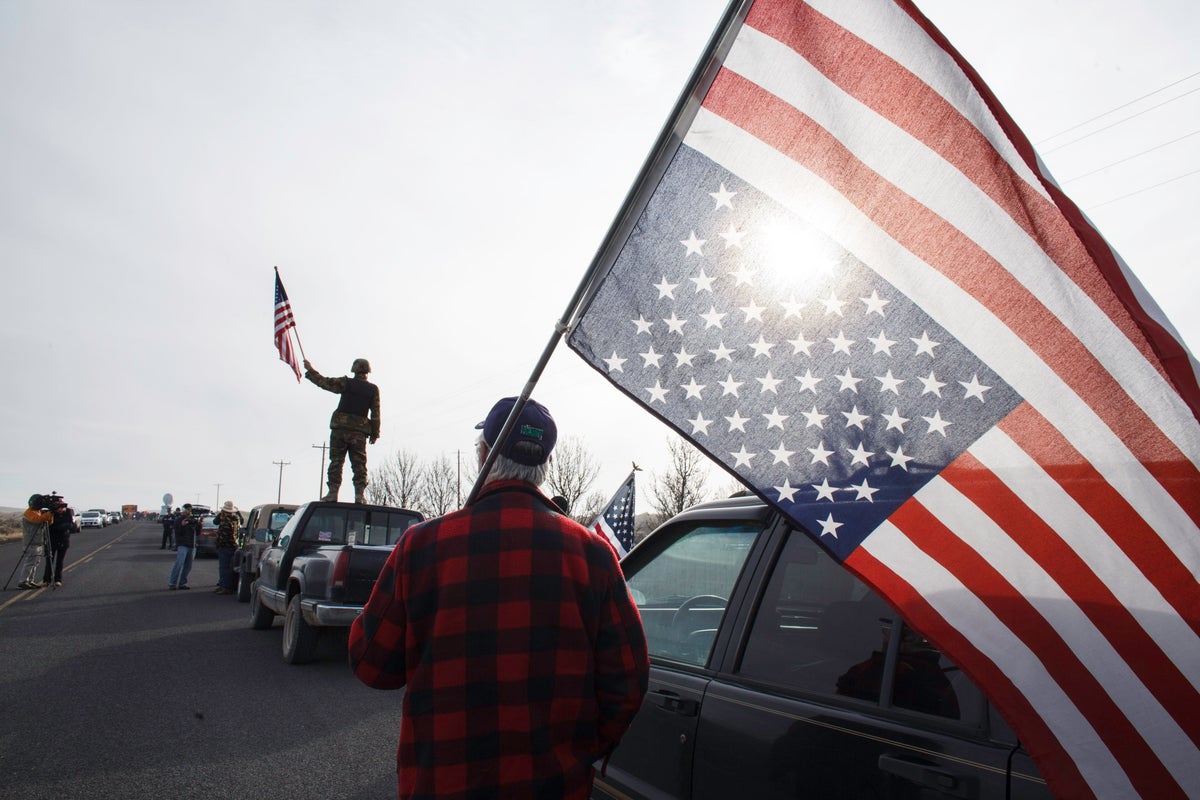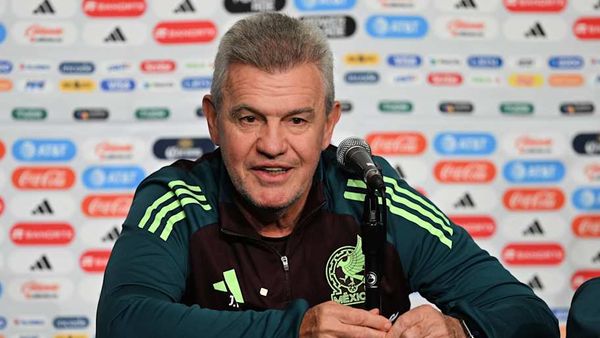
This November, two conservative counties in Oregon will vote on ballot measures that could someday change the map of the western US.
The initiatives propose merging large swathes of rural, conservative-leaning eastern Oregon with its neighbouring state to form “Greater Idaho.”
“It makes more sense for Eastern Oregonians to get state-level governance coming from Idaho, where they share their values, share their culture, share their politics than it does to be governed by Western Oregon,” a spokesman for the movem, Matt McCaw, told Fox News.
Will America have to reprint its maps this fall? Here’s what you need to know.
What is the Greater Idaho movement?
The Greater Idaho movement, driven by an intense feeling of isolation from Oregon’s liberal, urban power center in Portland, seeks to incorporate 15 Oregon counties, as well as parts of two others, into Idaho.
"Nobody from the valley between Portland and Eugene understands what goes on in these rural parts," Keaton Ems, a third-generation Oregonian and Christmas tree farmer, told USA Today, creating an "imbalance of power” between the state’s vast areas of countryside and its bustling urban metro areas.
The region has faced numerous challenges, from climate-drive drought, to intense street battles during the 2020 Black Lives Matter protests. And it has many in Eastern Oregon, which largely voted for Donald Trump in 2020, seeking a new political home.
“This is not the Oregon I know,” Sandie Gilson with the group Move Oregon’s Border’s told The Atlantic. “We were farmers and ranchers and loggers. None of those values are left.”
Can Washington counties vote to join Idaho?
Not quite.
The Greater Idaho movement is simultaneously the most electorally successful secessionist movement in the country, and miles away from achieving its goals.
So far, nine of the proposed 17 counties that could form part of the new state have passed ballot initiatives signaling their support for the proposal, or mandating that local officials begin studying it.
This election season, two more counties, Morrow and Wheeler, will take up the question.
In Morrow County, voters will decide on an initiative that would require county commissioners to meet three times a year to discuss “any negotiations regarding the relocation of the Oregon-Idaho state border.”
In Wheeler, voters will consider a proposal asking state lawmakers to use tax dollars “to work towards moving the Idaho border.”
None of these proposals, however, would change the layout of either state. That would require approval from both state legislatures, a change to the Idaho constitution, or the intervention of Congress, according to experts.
There would also be extremely contentious discussions to be had about managing natural resources, Native American treaty rights, and questions like legal marijuana, a major economic engine in Oregon.
What kind of support does the movement have?
The campaign to redraw Oregon’s maps has mixed approval in the state and its halls of power.
Idaho officials have taken to the idea, with state rep Barbara Ehardt introducing a resolution to discuss the movement, which it called “highly beneficial to Idaho.” Last year, leaders of the movement discussed proposals with state legislators.
However, despite their general success at the ballot box so far, Greater Idaho isn’t a surefire bet everywhere in Oregon.
Movement leaders scaled back their proposals after two counties only showed minority support for changing the borders.
Is there any history of states seceding?
The map of the United States, particularly during the decades right after the Revolutionary War and during the expansion across the Western frontier, both saw states and territories change their boundary lines.
In 1792, Kentucky broke off from Virginia, while in 1820, Maine seceded from Massachusetts.
More recently, the rural Northwest has been a hotbed of secessionist groups, militia-men, and right-wing extremism, such as the tense armed 2017 standoff at the Malheur wildlife refuge.
In the past few years, people in rural areas of Northern California and Southern Oregon have revived the State of Jefferson movement, a proposal to form a new state.
Others have proposed cleaving Washington in two to form the libertarian state of “Liberty.”
Joe Lowndes, an associate professor at the University of Oregon specializing in populist movements, told Oregon Public Broadcasting that these longshot movements can be seen as a symbolic way for people in these largely white, conservative areas to assert their power, even if they’re unlikely to change state borders.
“One of the ways maybe to see this moment is as a form of political protest and political theater,” he said.
"Oregon itself is a historically white polity. The territorial constitution forbade both slaves or free blacks in the state," he added.
Others argue that secession could actually be a low-temperature way to resolve political conflicts, compared to a Ammon Bundy-style armed standoff.
"If you’re a Democratic politician in Oregon, you might think it’s not a bad idea to ditch Republican voters in the state," Frank H. Buckley, a professor at George Mason University School of Law and author of the book American Secession: The Looming Threat of a National Breakup, told Insider.
Redrawing boundaries is "far more likely than you think and it may not be such a terrible thing."
This article was amended on 19 October 2022. It previously said that the state of Liberty would be formed from parts of Oregon, but the Liberty State movement is based in Washington. It also said that changes in state borders would require local and federal legislation according to experts, but they say a federal decision alone could achieve this. Finally, a past version of this article identified two counties that opposed the Greater Idaho movement as being in eastern Oregon, when in fact they were in the southwestern part of the state.







